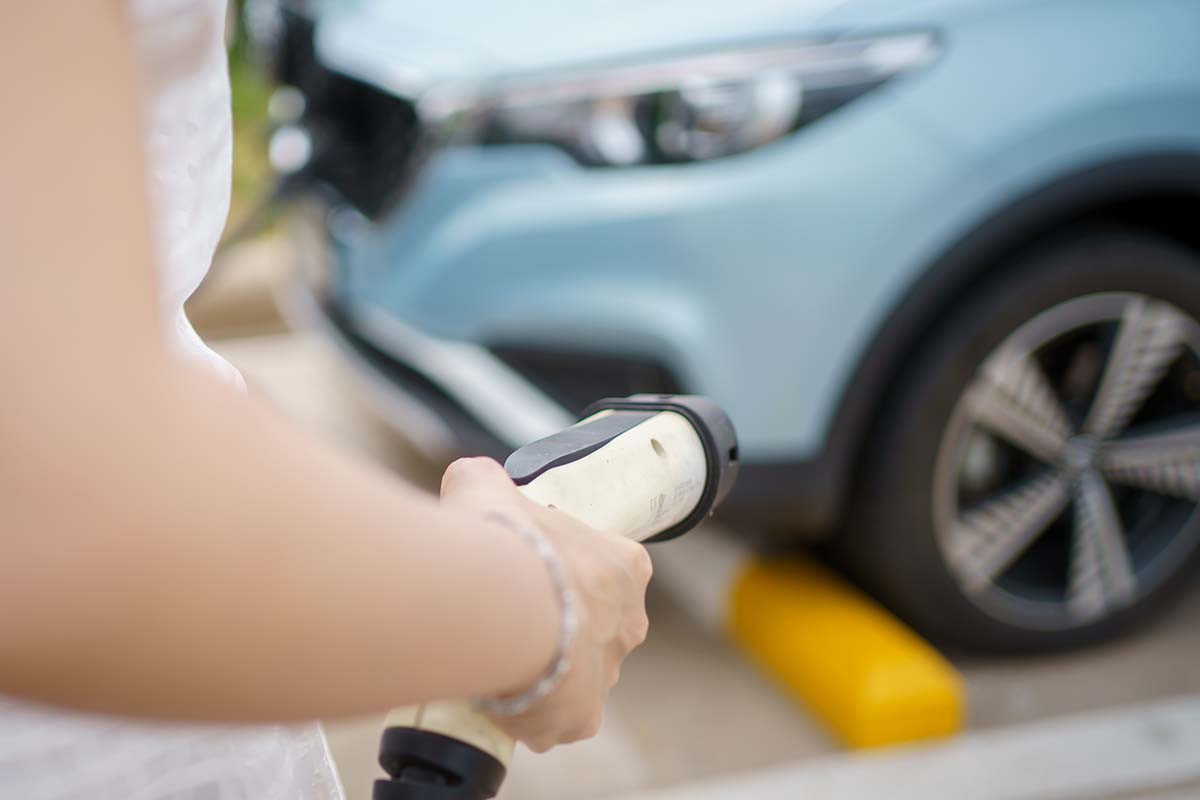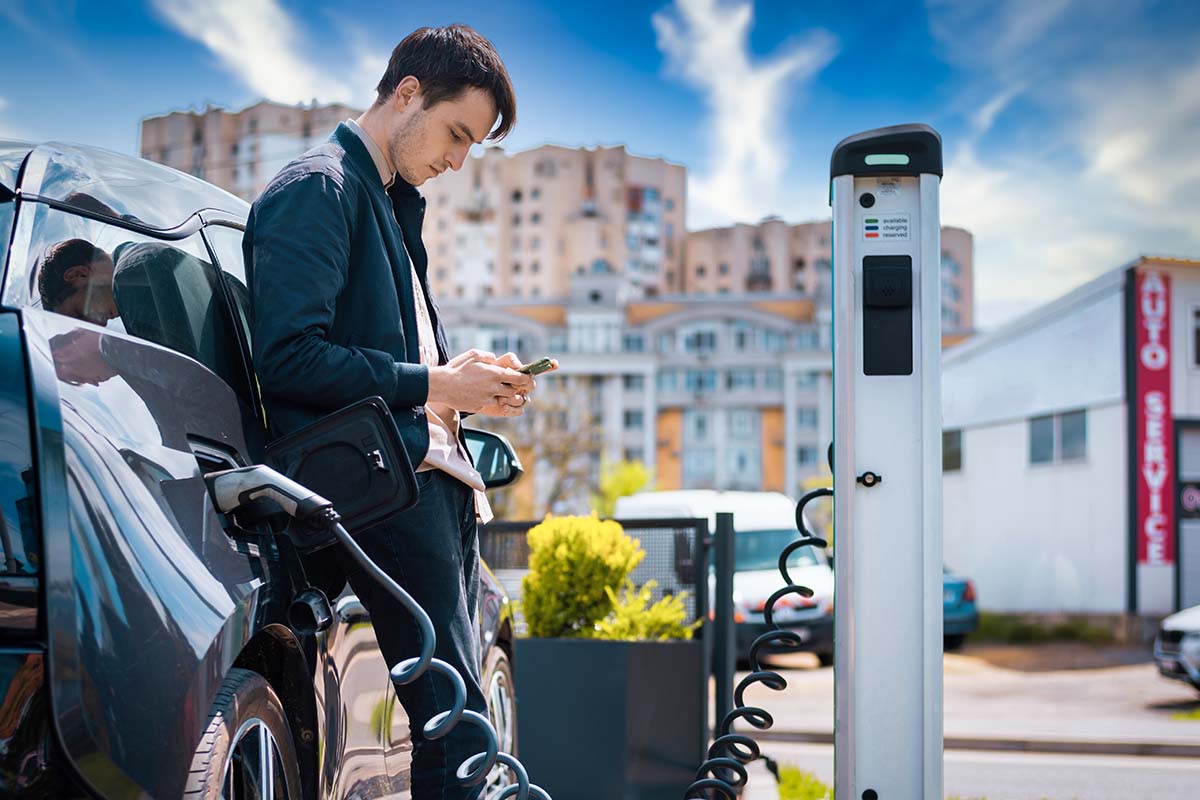Advantages of Having a Fast Charging Station Near Me
Knowing when there is a fast-charging station near me is a need that has grown in recent years, as everything has changed in the motor industry. Different events have occurred that have caused significant controversy: the demonization of diesel, the new anti-pollution protocols in large cities, and the harsh measures of the European Union to reduce carbon emission limits.
Wanting to have a fast-charging station near me has also become a complex process of vehicle electrification with a single objective, the transition from the combustion engine to the electric one. Having a fast charging station near me must now be a reality since many countries have set an expiration date for combustion engines, especially the latest ones in large European cities.
To this must be added the great confusion that exists today about hybrid, electric, LPG, and CNG vehicles, so the vast majority of users live with special bewilderment at this moment of transition to more environmentally friendly and sustainable mobility.
It is worth mentioning that the electric car is the main protagonist of all this environmental and technological revolution, presented as the great savior of all our problems. There are still multiple disadvantages that place it far from gaining a wide market share, such as its high price, its limited autonomy in some cases, or the need for a dc fast charger near me.
When it comes to dc fast-charging stations, installing the slow speed ones in residences and offices is recommended so that cars can be recharged as many times as possible in these crowded places.
What types of charging are available for these vehicles?
Although the electric car represents a more significant investment of money for someone who wants to acquire it, it is also worth mentioning that it will greatly reduce the carbon emissions of each person and this will be reflected in a lower environmental impact every time we go out on the street.
There are many benefits and advantages that these vehicles offer, which can change the daily routine of people around the world and generate greater collective awareness of how we impact nature. DC fast charger maps can perfectly indicate where the nearest electric charging stations are located and the type of energy supply they can offer to the car.
Super-slow
It is scarce and hardly any charging points of this type can be found; the current intensity is as low as 10 A or even less. The full recharge of a standard electric vehicle (with a battery of about 24 kWh) would take approximately ten to twelve hours to complete.
Conventional
This is one of the most common, although it is still a slow type of charging. The current intensity is 13 amps and 230 volts, the same intensity and voltage as a regular house. Recharging a vehicle with this type of charge will average between six and eight hours.
Semi-fast
The main difference between this and the conventional one is that, in this case, we do need a previous installation of a box or wall-box that will be placed on the wall. Recharging time is only 4 hours with an intensity of 32 amps and 230 VAC electrical voltage. Each wall box is capable of providing up to 7.3kW of power.
Fast
One of the great advantages of this type of recharging is that it takes much less time to complete (up to 80% of the battery in 15 minutes), although on the other hand, it is usually much more expensive and is not recommended regularly, as it can reduce the battery life of an electric car.
Ultra-fast
Today it is an experimental type of recharging that is barely used. It has only been tested in some electric prototypes with supercapacitor-type accumulators so that batteries can be recharged in just five minutes. The main disadvantage is that the batteries do not withstand the high temperatures caused by this type of recharge, and therefore, their long-term life is drastically reduced.




















